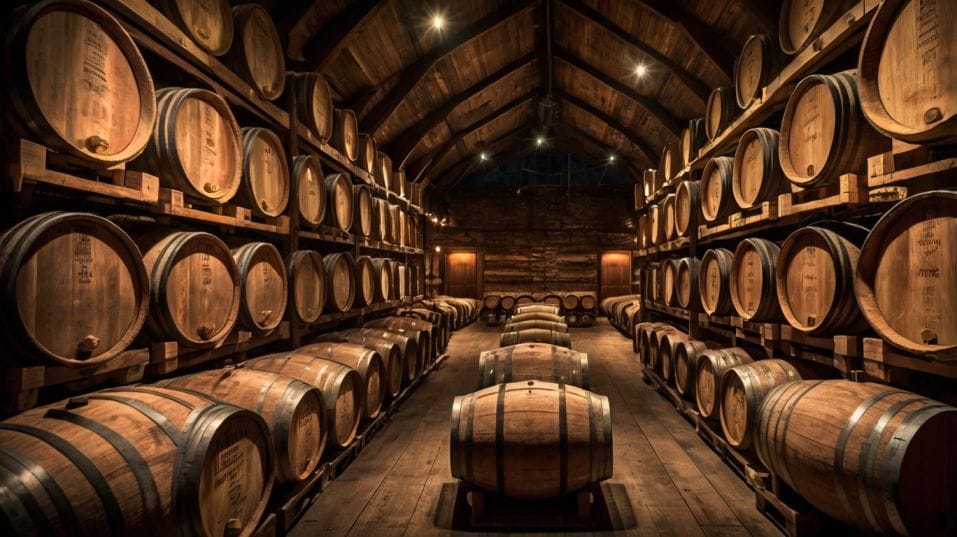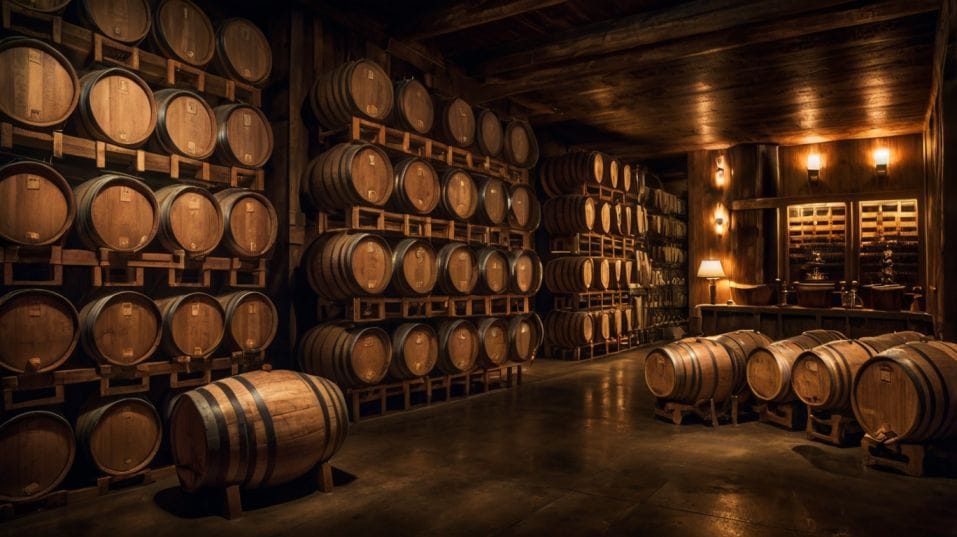Is Irish Whiskey the Smoothest in the World?
Is Irish whiskey the smoothest—or just the easiest to love? Taste better, collect smarter, and explore whiskey with confidence.

What makes a whiskey “smooth”—and is that even a good thing? If you’re early in your whiskey journey, Irish whiskey’s easygoing reputation is tempting.
But smooth isn’t just a buzzword; it’s a clue. The question is whether it leads you deeper or stops you short.
Is Ireland really the smoothest game in town, or just the most forgiving? Let’s explore how smoothness works—and why Irish whiskey might be the best teacher in the room.
The Smooth Myth (and the Truth Behind It)
“Smooth” is whiskey’s most misunderstood compliment. It’s how people say, This didn’t hurt me. It usually means the whiskey didn’t punch their throat, curl their toes, or remind them of bad decisions and worse hangovers.
In technical terms, smoothness isn’t a flavor or aroma—it’s about mouthfeel, balance, and the absence of harshness.
The smoother a whiskey is, the more seamlessly it moves from nose to palate to finish without jagged edges or alcoholic sting. For new drinkers, that’s gold. But it’s also only part of the picture.
Irish whiskey, for the most part, earns its smooth reputation through process. Triple distillation is the rule—not the exception.
That third pass through the still strips away more fusel oils, sulfur compounds, and heavier congeners that can make spirits feel sharp or funky. What’s left is a cleaner, lighter distillate with a more refined texture.
But this clean profile doesn’t mean simple. Some Irish whiskeys layer in spice, fruit, grass, honey, vanilla, and toasted wood in ways that are subtle but deeply expressive—especially if you’re tasting with the right mindset.

Why Irish Whiskey Feels Different
To really understand why Irish whiskey stands out, look at what it doesn’t do. It rarely leans heavily on peat. It doesn’t chase proof points for shock value. And it doesn’t often rely on heavy charred oak like many bourbons do.
Instead, Irish whiskey plays a slower, more controlled game. Distillers tend to prioritize balance and elegance over intensity or novelty.
The grain bill usually features malted barley, sometimes blended with corn or other grains, and in the case of single pot still whiskey—a uniquely Irish style—unmalted barley too.
That unmalted component adds a creamy texture and subtle spice that’s hard to find anywhere else.
Triple distillation contributes to the body—lighter, yes, but also silkier and more polished. Combined with aging in ex-bourbon and sherry casks, this method builds a profile that’s round, mellow, and steady, rather than loud or brash.
For the beginner palate, it’s disarming in the best way. But if you stop at “smooth,” you miss what makes it truly good.
Taste It Like It Matters
The difference between drinking and tasting comes down to attention. When you taste with purpose, smoothness stops being the main event—it becomes the backdrop. It lets complexity step forward.
Here’s how to approach Irish whiskey like someone who’s trying to understand it—not just survive it:
- Nose first. Your sense of smell does 80% of the work. Don’t rush it. Let the aromas come to you—cereal, green apple, pear, floral notes, maybe a whiff of vanilla or cinnamon. All that matters.
- Take a small sip and hold it. Let the whiskey sit on your tongue for a few seconds. Feel it. Swallow slowly. That finish? That’s where the truth lives. A short, flat finish tells you the whiskey’s light. A long, warm, evolving finish? That’s where craftsmanship shows.
- Taste again. Now that your palate’s warmed up, the second sip opens up more. You’ll start catching layers you missed the first time.
You don’t need to be poetic or technical. Just notice. That skill makes every bottle more valuable—because you’re no longer just buying smoothness. You’re buying expression.
Build a Smarter Collection (Without the Hype)
Irish whiskey has a lot of sameness on the surface. If you’re judging by label color or bottle shape, it’s easy to think most of it blends together. But under the hood, there’s serious variety—if you know where to look.
The key to building a smart, versatile collection is contrast.
- Start with a reliable blend. Most Irish whiskeys on the market are blended, triple-distilled, and light in body. They’re your control sample—what “standard” tastes like.
- Add a single pot still. This is where Irish whiskey distinguishes itself. The unmalted barley adds texture, richness, and subtle spice. You’ll feel it immediately in the mouthfeel.
- Seek out peated Irish releases. Yes, they exist. And they’re not trying to be Scotch—they bring a different kind of smoke, often more herbal or mineral than earthy or medicinal.
- Look for cask influence. Sherry, port, wine, rum—Irish distillers are experimenting more than ever with secondary aging. The right cask adds bold flavor layers without overpowering the delicate base spirit.
Each addition should teach your palate something new. Each bottle should answer a question: What does unmalted barley feel like?
How does sherry cask aging change the finish? What happens when you triple-distill a peated malt? If a whiskey doesn’t teach you anything, it doesn’t belong in your collection.
So Is It Really the Smoothest?
Let’s be straight: yes, Irish whiskey is probably the smoothest family of whiskeys out there. But smoothness isn’t a trophy. It’s a lens.
A good one, especially early on, because it doesn’t get in your way. It makes learning easier. But if all you chase is smooth, you’ll miss the tension, the texture, the depth.
Great whiskey—whether it’s Irish, Scotch, bourbon, or something else—tells a story through contrast. Heat versus sweetness. Fruit versus grain. Softness versus structure. Irish whiskey just happens to tell that story in a gentler voice.
That gentleness is powerful, though. It doesn’t rush you. It trains your senses. It makes you a better taster without overwhelming you. And once you’ve tuned into its frequency, you’ll notice things in other whiskeys you never caught before.
Final Thoughts
Smooth isn’t the destination—it’s the invitation. Irish whiskey offers you the most accessible way to develop real whiskey literacy. It’s clean, balanced, and forgiving—but that’s just the beginning.
The real magic happens when you dig deeper: into the grain types, the distillation techniques, the subtle shifts between blends and pot stills, the influence of oak and time.
So if you’re building your whiskey brain from the ground up, start here. Taste with intention. Choose bottles that stretch your palate. Don’t chase rare—chase revealing. Every sip should teach you something new. And the best way to learn?
Pour one tonight. Swirl it. Sip slowly. Pay attention. Let Irish whiskey do what it does best: show you what smooth really means—and what lies beyond it.




